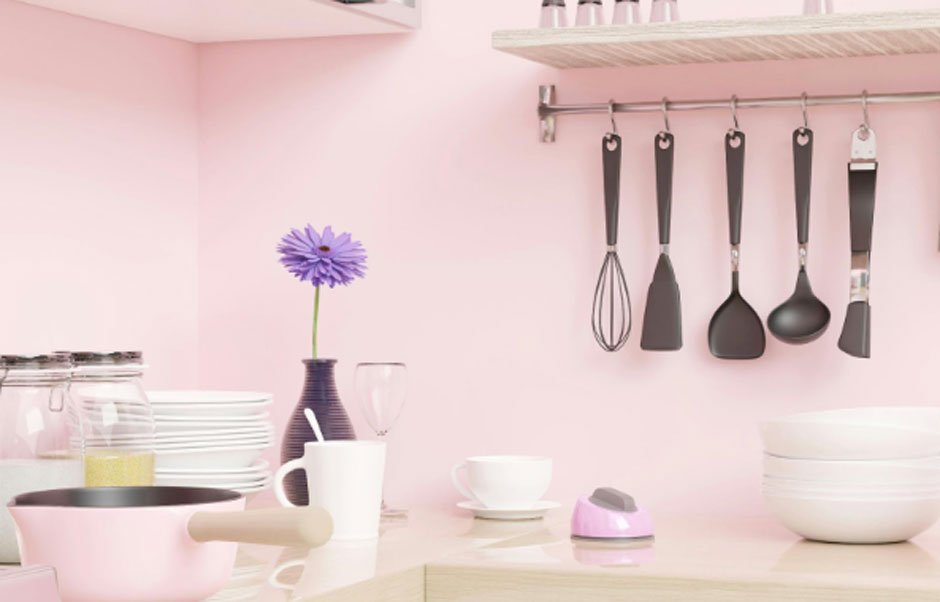For many, the kitchen is the heart of the home, a place where functionality should not compromise style. Yet in recent years, the challenge of marrying these two often opposing elements has become increasingly significant. As kitchens evolve beyond the mere preparation of food, they are spaces where aesthetics and utility must strike a harmonious balance. To achieve a kitchen that is both useful and appealing, a change in priorities and consideration of diverse elements is vital.
Beyond Mere Aesthetics
There is no room for ambiguity in kitchen design. To claim a space where tasks are made easy, the kitchen must not merely look good on camera but also offer the ultimate practical experience. However, in the race for designs that dazzle, functionality often takes a back seat. The truth remains: an attractive kitchen is of little value if it creates chaos and inefficiency.
Take the minimalistic approach, for example. This design philosophy often favors sleek lines and open spaces, potentially sacrificing storage and workspace in pursuit of a particular visual appeal. Cabinets devoid of handles may appear chic, yet they often complicate accessibility. A kitchen doesn’t need to appear cold or stark to be stylish.
For those contemplating a transformation, considering a full kitchen remodel can be an opportunity to prioritize both aesthetic appeal and practical design. From fresh layouts to selecting materials that naturally elevate the space, every remodel provides a chance to ensure form serves function.
Moreover, an alluring kitchen often stems from materials that naturally elevate the aesthetic. The subtle gloss of marble, the warmth of wood finishes, or a pop of color in cabinetry create striking impacts without overstating sophistication. The key is in finding a combination that lends character to the room while remaining true to its primary functions. Well-considered material choices help maintain personal style and longevity in the design.
Storage Solutions Matter
The bane of every busy cook is insufficient storage. Modern cabinetry offers creative ways to tackle this perennial issue, whether through inserts, pull-out racks, or drawer organizers. But beyond the novelty, a fundamental truth holds: sufficient and appropriately placed storage can transform the function of a kitchen.
Cabinets rising to the ceiling minimize unused space, while open shelving adds depth and accessibility to frequently used items. Strategically placed storage caters to personalised preferences while maintaining a cohesive design aesthetic.
It’s also worth considering versatile storage solutions that adapt as needs evolve. Adjustable shelving, modular cabinetry, and multi-purpose furniture can expand and contract to accommodate growing families or changing kitchen habits. This adaptability helps maintain functionality and organization in the long term.
Reimagining Workflow
The function-forward kitchen starts with workflow design—clear, effective, and intuitive. Classic designs like the kitchen work triangle first envisioned this priority, highlighting the main activities: cooking, cleaning, and storing. This triangular configuration spans between the stove, the sink, and the refrigerator to minimize unnecessary movement and maximize productivity.
However, success doesn’t depend solely on this triangular formation. Kitchens must also cater to changing needs, whether that involves accommodating several people cooking simultaneously or integrating technology without cluttering the counterspace. Ultimately, the most efficient design ensures that each tool, appliance, and surface is readily accessible as per the user’s needs.
Additionally, a functional approach is to create distinct zones within the kitchen for different tasks. A dedicated prep area, baking center, or clean-up station optimizes time spent in the kitchen. By allocating specific tasks to designated areas, movement becomes more streamlined, making everyday cooking more intuitive and enjoyable.
The Verdict on Smart Kitchens
Kitchen technology, too, should enhance functionality without overshadowing style. The convenience of touch-operated faucets and intuitive appliances aids in reducing clutter, yet they must never become the defining feature of the kitchen’s style. While technology simplifies interaction and enhances the cooking experience, it cannot substitute the validity of a well-planned space.
Prioritizing Essential Elements
It is important to identify what truly matters in a kitchen. Clutter-free counter spaces are more conducive to preparing meals. As sleek marble surfaces or sturdy butcher blocks manifest, practicality and maintenance become unavoidable considerations. The counter should be wide, easy to clean, and resilient to wear.
Lighting is another underrated but indispensable element. Layered lighting—task-specific over countertops and ambient lighting for broader illumination—ensures the kitchen space is functional both day and night. A mix of natural and artificial lighting proves most effective, lending an appealing glow and enhancing the mood of the kitchen.
Appliance placement also deserves special attention. Ensuring items like microwaves, ovens, and dishwashers are installed strategically prevents bottlenecks in frequently accessed areas. Elevating these appliances to a comfortable height relieves strain and enhances the ergonomic efficiency of the kitchen workflow.
Parting Thoughts
In balancing style and functionality within a kitchen, one truth is unassailable: practicality must reign supreme. While aesthetics certainly play a role in ensuring an appealing environment, they remain secondary to the ultimate purpose of the space. By prioritizing workflow, key functional elements, storage, and methodical technology integration, the dream of a dynamic cooking arena can be realized. The quest is not for mere beauty, but for an elegant functional synthesis, where style serves its master: utility.






Leave a Reply